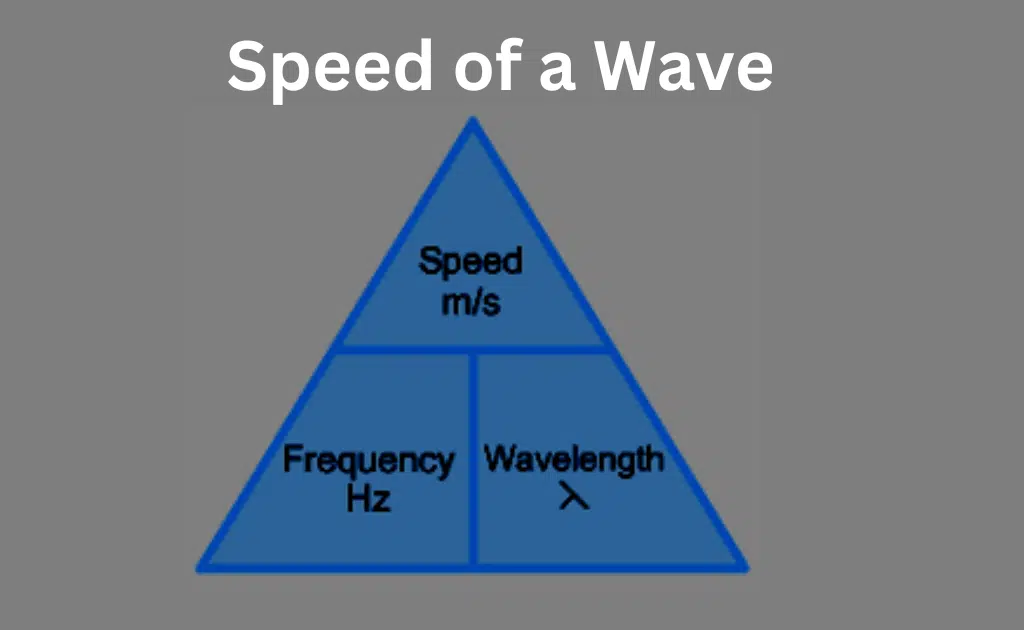What is Wave Energy?-Definition, Working And Uses
Wave Energy is produced by the up and down motion of floating devices on the ocean’s surface. In other words, wind creates waves, and waves produce energy.
What is wave Energy?
Wave energy is a form of renewable energy that can be harnessed from the motion of the waves. Electricity generators are placed on the surface of the ocean in a number of ways to harness wave energy.
How does wave energy work?
Waves can vary in size and strength depending on the lunar cycles, tides, winds, and weather. Waves create movement as they roll through the ocean. This movement can be used to create energy that can be converted into electricity and power with the help of a turbine. There are a number of ways in which wave energy can be harnessed to power generators.
The ocean waves pack a lot of energy. For instance, a single wave could power an electric car hundreds of miles. Researchers are working to convert that energy into reliable and cost-effective electricity. What happens when wave energy produces electricity? There is a process that starts with the sun.
Waves Creation
The sun heating air creates the wind that blows over ocean surfaces at different places around the globe. Waves on a beach are caused by waves created by the wind. The waves range in size and can travel thousands of miles before they reach land with little or no energy loss.
Regular waves, like radio or light waves, have a constant Frequency and amplitude. Ocean waves interact with each other, with the environment, and with the weather. The time it takes for a wave to reach land is unlike any other. This is where the researchers want to extract energy.
The encounter of Waves With machines
The wave energy hitting the shore is converted into electricity using a WEC, which is essentially a power station. The operating principle of the power station is both simple and ingenious. It is an enclosed chamber with an opening under the sea which allows strong sea waves to flow into the chamber and back.
Researchers expect full-scale WEC devices to be anchored miles offshore in deep water where wave energy is the strongest. Identifying the type of machine that can most effectively do this work is of great importance because wave energy converters extract energy from waves of all sizes that move in multiple directions.
There are a number of major kinds of wave energy converters.
- Attenuators
- Point Absorbers
- Oscillating wave surge converter
- Submerged pressure differential
- Bulge wave
- Rotating mass
Conversion of waves into electricity
The water level in the chamber rises and falls with the rhythm of the wave, and so air is forced forward and backward via the turbine joined to an upper opening in the chamber. There is enough power in the compressed and decompressed air to propel the turbine. The back and forth air movement through the turbine propel the turbine in the same direction.
A shaft is connected to a generator through the propelling turbine. How machines take the motion of low-speed ocean waves with high energy content and convert them into the high-speed motion needed for generators is not fully understood.
It is not possible to do this economically and reliably while also surviving the harsh ocean conditions. The Water Power Technologies Office supports early-stage research that is trying to answer these questions.
The electricity produced by the generator is transported to electrical grids and later supplied to demand centers and distribution lines, which connect individual homes and industries. One of the advantages of wave energy conversion is that it is possible to maintain the movement of the turbine even with low wave motions.
Uses of Wave Energy
Wave energy has the potential to power homes and businesses along the coast. It is possible to develop wave energy close to load centers to reduce transmission needs and make it easier to integrate onto the grid. In the near term, wave energy could power distributed applications, such as desalination plants that remove salt from saltwater, to benefit water-insecure communities and military bases.





Leave a Reply